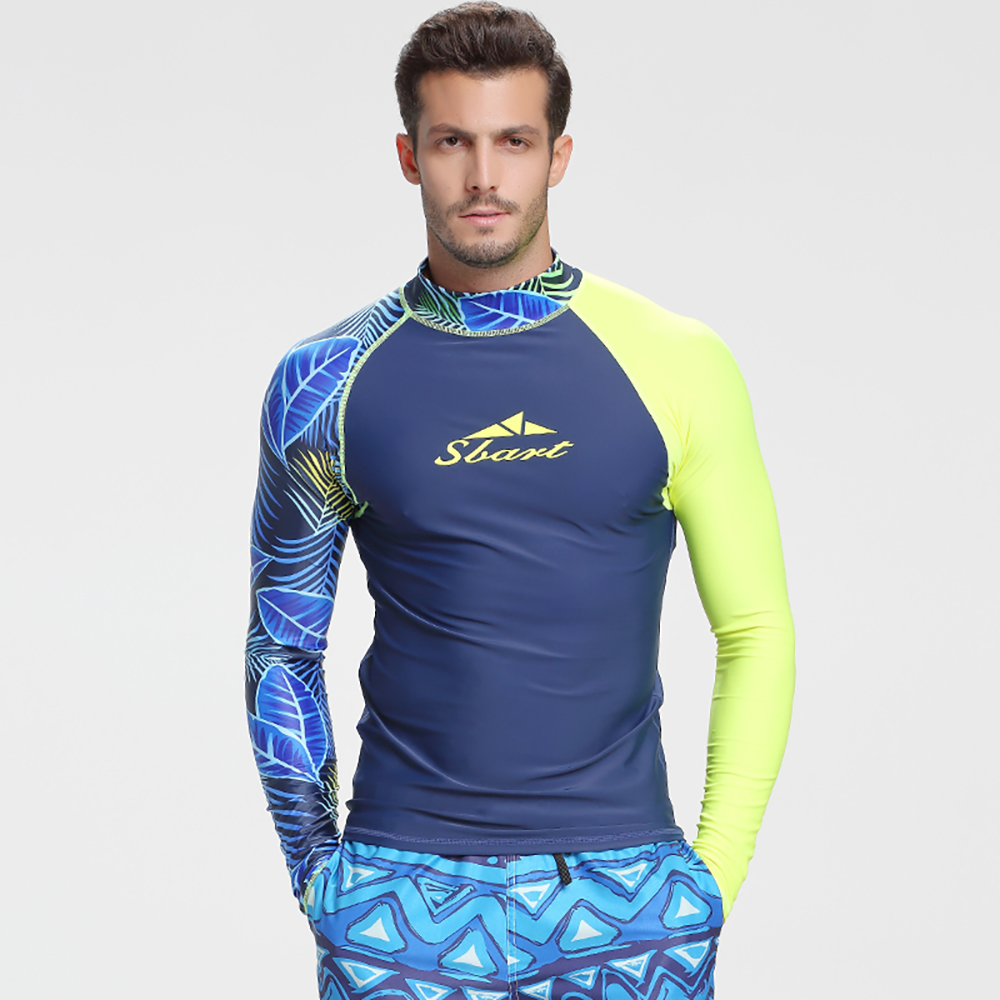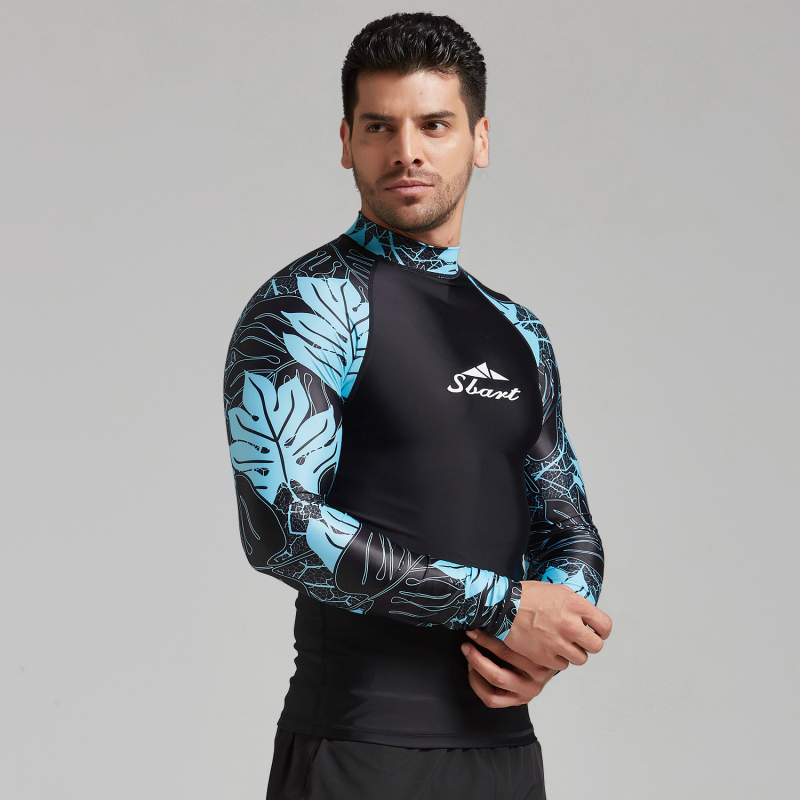How Sustainable Swimwear Is Changing the Industry
The swimwear industry, like many others, is experiencing a shift towards sustainability. Consumers are increasingly concerned about the environmental impact of their purchases, prompting brands to rethink their manufacturing processes, materials, and business models. Sustainable swimwear is no longer just a niche market; it’s a movement that’s gaining traction across the globe, as both environmental consciousness and consumer demand for ethical products rise.
Sustainable swimwear involves using eco-friendly materials such as recycled fabrics, reducing waste, and ensuring that the production process is as ethical and environmentally friendly as possible. In this blog, we’ll explore how sustainable swimwear is changing the industry and what the future holds for this eco-conscious shift.
1. The Rise of Eco-Friendly Materials in Swimwear
One of the most significant changes in the swimwear industry is the shift toward using sustainable fabrics. Traditional swimwear materials like nylon and polyester are derived from petroleum-based products, which are harmful to the environment. In contrast, sustainable swimwear utilizes fabrics made from recycled materials or natural fibers that have a lesser environmental footprint.
1.1. Recycled Polyester (rPET) and Nylon
Brands are increasingly turning to recycled materials like recycled polyester (rPET) and recycled nylon to create their swimsuits. These fabrics are made from repurposed plastic bottles, discarded fabrics, and fishing nets, diverting waste from landfills and oceans.
- rPET: Recycled polyester is made by breaking down plastic waste and re-spinning it into new fibers, significantly reducing the need for virgin polyester production.
- Recycled Nylon (e.g., Econyl): A popular fabric for sustainable swimwear, recycled nylon is made from discarded materials like fabric scraps, old clothing, and fishing nets. It offers the same high performance and durability as virgin nylon but with a significantly smaller environmental footprint.
1.2. Organic Cotton and Hemp
For a more natural approach, some sustainable swimwear brands are turning to organic cotton and hemp. These materials are biodegradable, require less water to produce, and are free from harmful chemicals typically used in conventional farming.
- Organic Cotton: Grown without synthetic pesticides or fertilizers, organic cotton is a more sustainable alternative to traditional cotton, which is resource-intensive.
- Hemp: Hemp is an incredibly eco-friendly material due to its low water usage and minimal need for pesticides. It is also highly durable and can be blended with other materials to create sustainable swimwear.
1.3. Plant-Based Fabrics
Innovative, plant-based fabrics like algae-based textiles and bamboo are beginning to make their way into the swimwear market. These materials are biodegradable and contribute to reducing the reliance on synthetic fibers.
2. The Role of Ethical Production Practices
Sustainable swimwear is not only about the materials used but also about how the products are made. Ethical production practices are a key factor in the shift towards sustainability. This includes fair wages, safe working conditions, and transparent supply chains.
2.1. Fair Labor Practices
Ethical production involves ensuring that workers in the supply chain are treated fairly. Brands that produce sustainable swimwear often prioritize working with factories that adhere to fair labor standards, pay fair wages, and ensure that workers have safe and humane working conditions.
2.2. Transparency and Certification
More and more swimwear brands are offering transparency regarding their sourcing and production processes. Many are opting for certifications like Fair Trade or Global Organic Textile Standard (GOTS), which validate their commitment to ethical manufacturing and sustainability. Transparency in production helps build consumer trust and loyalty, as customers are increasingly looking for brands that are honest about their environmental and ethical impacts.
3. Reducing Waste and Carbon Footprint
In addition to using eco-friendly materials and ethical labor practices, many sustainable swimwear brands are focused on reducing waste and minimizing their carbon footprint. This shift is being driven by a desire to reduce the overall impact of the fashion industry, which is one of the most polluting sectors globally.
3.1. Zero-Waste Design
Some brands are embracing zero-waste design practices, ensuring that every scrap of fabric is used. This includes reworking leftover materials into other products or designing swimsuits that generate minimal fabric waste during the cutting and sewing process.
3.2. Carbon Neutral Initiatives
Many swimwear brands are also taking steps to offset their carbon emissions by investing in carbon credits or working to minimize their emissions in the manufacturing process. This can include using renewable energy in production, optimizing transportation routes, or even partnering with environmental organizations to protect ecosystems.
4. Consumer Demand for Sustainable Swimwear
Consumers are becoming increasingly aware of the environmental impact of their purchasing decisions, and this is driving the demand for sustainable swimwear. According to recent studies, millennials and Gen Z consumers are especially interested in purchasing products that align with their environmental values. They are more likely to pay a premium for sustainable products and are actively seeking out brands that prioritize eco-friendliness and ethical practices.
This growing consumer demand is pushing companies to adopt sustainable practices in response. Brands that were once focused solely on style and price are now integrating sustainability into their core values and marketing strategies.
5. The Future of Sustainable Swimwear
The future of sustainable swimwear looks promising, with ongoing innovations and an increasing number of brands entering the market. As technology continues to evolve, we can expect to see more sustainable materials and production methods emerge. Additionally, the push for circular fashion, where products are designed with the end of their life in mind and can be reused or recycled, is gaining momentum in the swimwear sector.
- Circular Economy: Brands may begin offering take-back programs or swimwear recycling initiatives, allowing customers to return their old suits for repurposing or recycling.
- Smart Fabrics: Advances in textile technology may lead to the development of even more sustainable materials, such as fabrics that change color or become more durable over time, reducing the need for constant replacements.
Conclusion: Embracing Sustainability in Swimwear
Sustainable swimwear is no longer a trend but an essential part of the industry’s evolution. From using eco-friendly materials and adopting ethical production practices to reducing waste and carbon emissions, the shift towards sustainability is reshaping how swimwear is made and consumed. For businesses, embracing sustainability can improve brand loyalty, attract a broader audience, and contribute to a more sustainable future for the fashion and water sports industries.
As consumers demand more eco-conscious products, the swimwear industry is stepping up to meet these needs, making sustainable swimwear an important part of the market's future.
Related_News
-

How to Choose Durable Rash Guards for Your Fitness Brand: Ultimate Guide
-

Elevate Your Business with Customizable and High-Quality B2B Yoga Wear
-

Top 10 Rash Guards for Men, Women, and Kids in 2025: Featuring SBART’s Best Options for Water Sports
-

What to Wear to a Yoga Class: A Guide to Comfy and Functional Yoga Clothes Featuring SBART
-

Elevate Your Business with Customizable and High-Quality B2B Yoga Wear by SBART
SUBSCRIBE
INQUIRY





_y8CdRpHR.png)